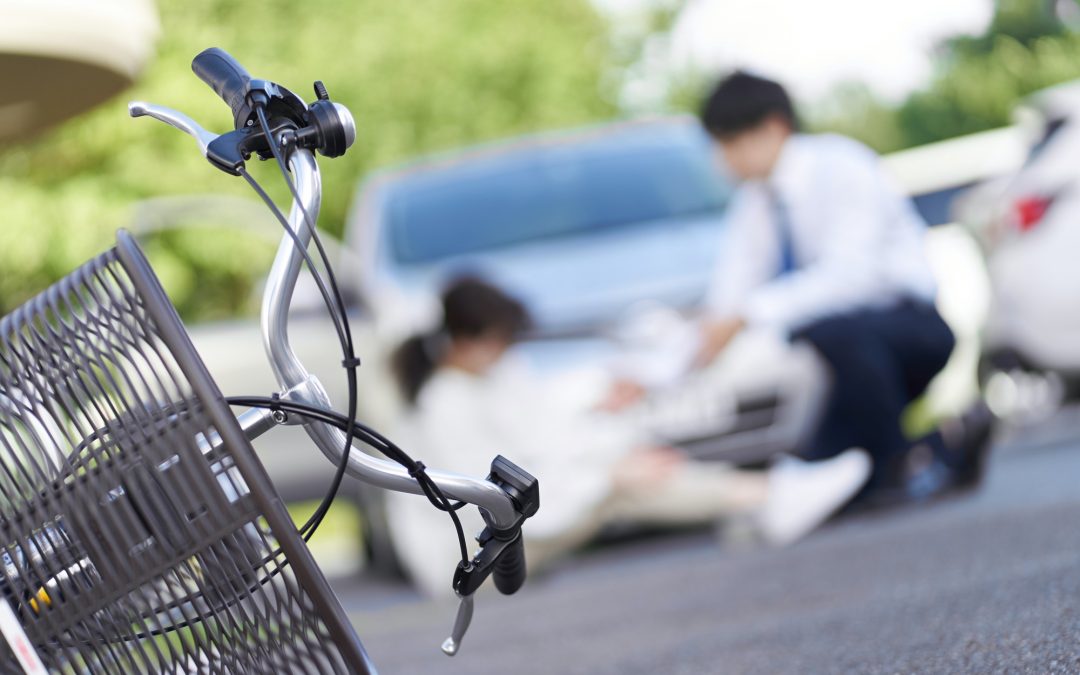Being involved in a car accident can be a devastating experience, both physically and emotionally. Even if the damage to your vehicle is minimal, your body may have suffered more serious harm. Injuries like whiplash, torn muscles and ligaments, and even bruised or broken bones can occur, leaving you in pain and feeling frustrated. The good news is that there are steps you can take to manage your pain and speed up the healing process.
Seek Professional Help
The first step in managing your pain and injury is to see a professional. Visit a doctor, chiropractor, or physiotherapist who can assess the extent of your injury and create a plan for recovery. They can also prescribe medications to help manage the pain, as well as recommend exercises, stretches, and other treatments that can help. It’s important to follow their instructions and continue with any prescribed treatments to ensure you get the best results.
If you’re looking for a chiropractor to help with car accident injuries, the team at Eastside Ideal Health can help. They specialize in treating whiplash, neck and back pain, and other injuries related to car accidents. Their team of experts are dedicated to helping you recover and get back to living life pain-free.
Rest, But Don’t Lie Still
Resting is an important part of the recovery process. This doesn’t mean lying in bed all day, though. It’s important to get up and move around, but not too much. Do light activities that won’t aggravate your injury, like walking, yoga, or stretching. This will help improve your circulation and keep your muscles from getting stiff. It’s also important to get enough sleep, as this gives your body time to heal.
If you have severe pain, you may need to take time off of work to rest and recover. This can be a difficult decision to make, but it’s important to stay ahead of your injury and not worsen it. Talk to your doctor about the best course of action for you.
Apply Heat and Cold
Applying heat and cold to the affected area can help with pain management. Heat increases circulation and helps reduce muscle spasms and stiffness, while cold helps reduce inflammation and swelling. Applying either heat or cold to the area for 10-15 minutes at a time can help reduce pain and get you feeling better.
Exercise
Exercise can be an important part of your recovery after a car accident injury. Not only does exercise help with the healing process, but it can also help strengthen your muscles and improve your flexibility. This can help you prevent future injuries and improve overall health. Talk to your doctor or physical therapist about what types of exercises are best for you and your injury.
- Strength exercises like weight lifting, yoga, and Pilates can help build muscle and improve endurance.
- Stretching exercises can improve flexibility and help reduce muscle tension.
- Cardiovascular exercises like running, swimming, and biking can help improve circulation and reduce inflammation.
Managing pain and healing after a car accident injury can be a long and difficult process. It’s important to seek professional help, rest and move in moderation, apply heat and cold to the affected area, and exercise in order to speed up the healing process and get you feeling better. The team at Eastside Ideal Health can help you on the road to recovery.


Recent Comments